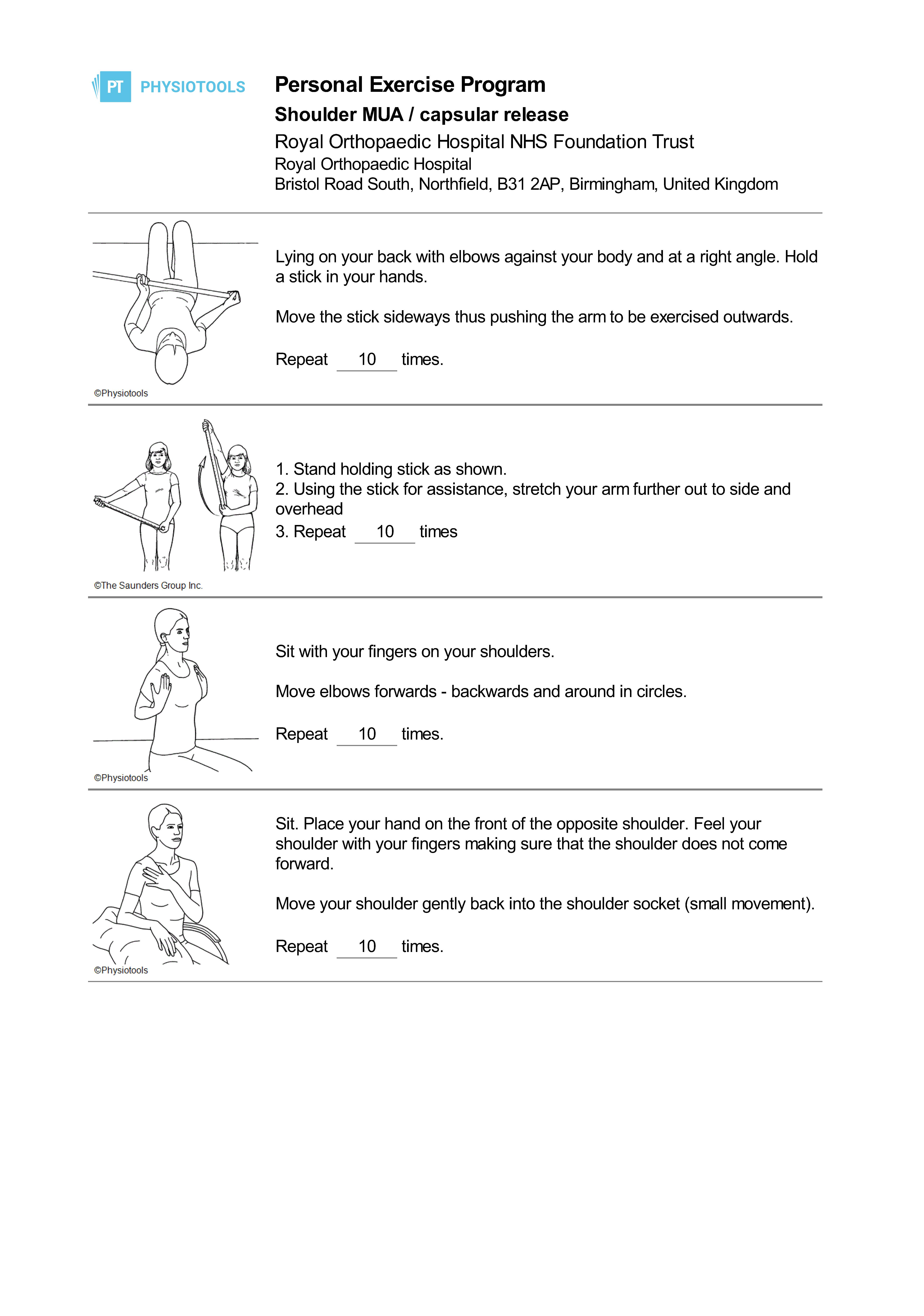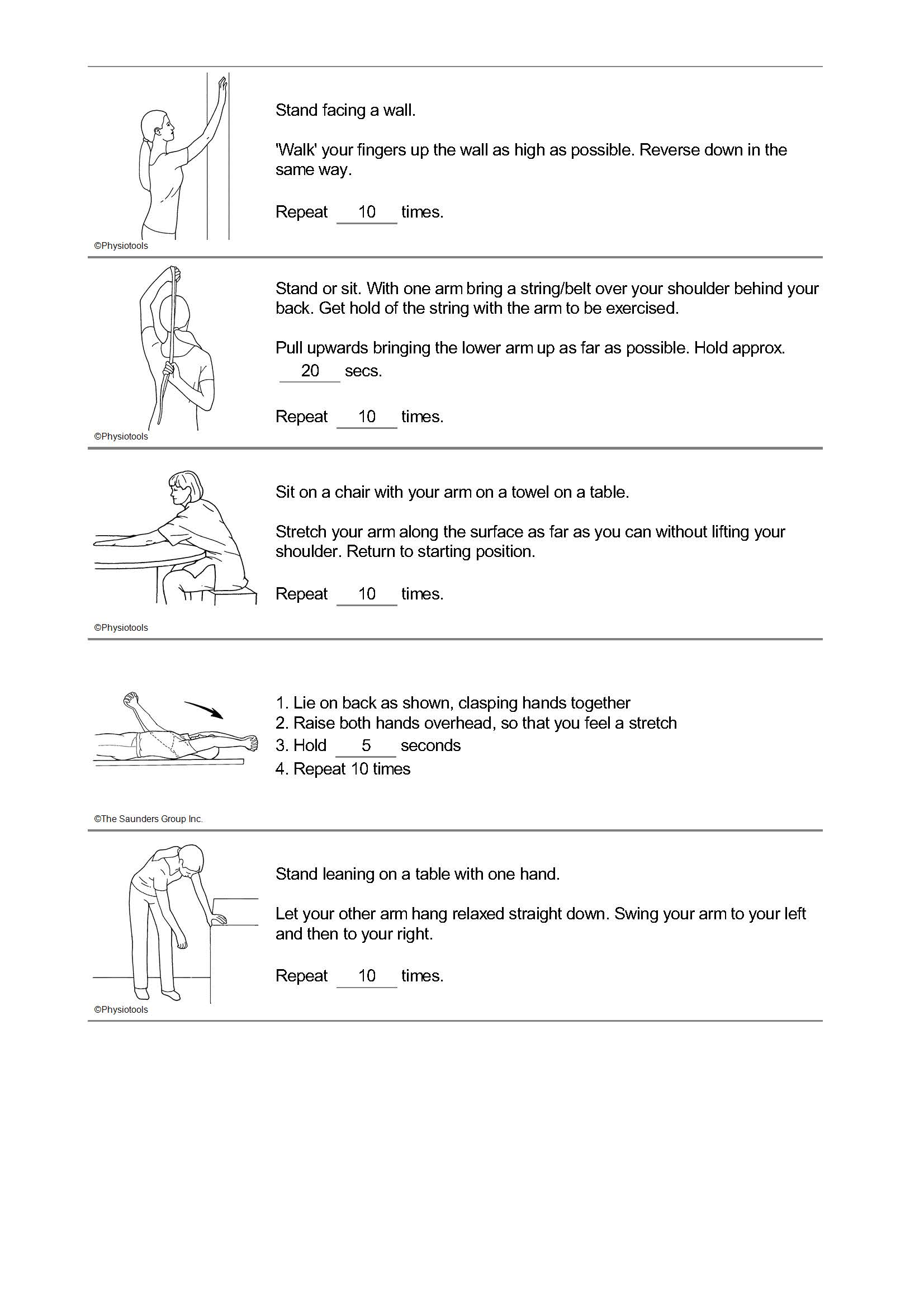
Shoulder Capsular Release
What is the shoulder joint?
The shoulder joint is made up of the head of the humerus (the ball) and the glenoid labrum of the scapula (socket). It is the most mobile joint in the body, and these movements are controlled by the number of muscles and tendons that sit around the joint. The four main muscles that stabilise this joint are called the rotator cuff. There is also a joint capsule that sits all around the shoulder joint, and this provides the fluid needed for smooth movement.
Sometimes, the shoulder joint can become very stiff and sometimes sore. This can occasionally happen after shoulder surgery, where the movements have been difficult to regain. It can also happen because of a condition known as ‘frozen shoulder’. Frozen Shoulder is a painful condition where the movements of the shoulder become gradually restricted. It is thought to be due to scar like tissue forming in the joint capsule causing restrictions. If you are having on-going problems with stiffness and pain in your shoulder due to frozen shoulder or after shoulder surgery, the two surgical procedures that are commonly used to help are a capsular release and manipulation under anaesthetic (MUA).
What is a capsular release?
A capsular release is usually performed as an arthroscopic or keyhole procedure. An incision is made in the tight shoulder joint capsule to release it, therefore allowing more movement to be performed at the shoulder joint.
What is an MUA?
A manipulation under anaesthetic is a non-invasive way of restoring range of movement at the shoulder. Whilst you are under anaesthetic, the surgeons will ‘manipulate’ or move the shoulder joint through all its ranges of movement in order to loosen it and reduce pain and stiffness.
What should I expect after my surgery?
Pain relief
A nerve block is sometimes used during surgery which means your limb may feel numb immediately after your operation. It is normal to feel some pain as the block wears off and you will be provided with some painkillers to help with this. It is important to take these as prescribed to keep pain to a minimum.
Ice
Ice can be helpful to reduce pain/swelling. Protect your dressings from getting wet with a plastic bag. Wrap a bag of ice/frozen peas in a damp towel and apply for 10-15 minutes. This can be repeated every 3-4 hours.
Wound care
Your wounds will need to be kept clean and dry. The nursing staff will provide you with more information about wound care on discharge.
Rehabilitation
With both of these procedures it is essential that you begin to move the arm as soon as possible to maintain the amount of movement that the surgeons have achieved. If you are given a sling this is only for comfort for the first few hours and should be removed to allow movement as soon as possible. The more that you move your shoulder in each direction the more likely you are to achieve a good outcome and have less pain overall. You will also be referred to see a physiotherapist as an out-patient after you have been discharged home to continue your rehabilitation and to regularly check your movement. Your consultant will give you guidance on when you can return to work, activities and driving. Your physiotherapist will be able to give you guidance on returning to sporting activities as your movement and muscle strength improves.
More information
If you have any questions or need any advice about your exercises, then please contact the Physiotherapy Department between 8am - 4pm Monday to Friday on 0121 812 3500.

